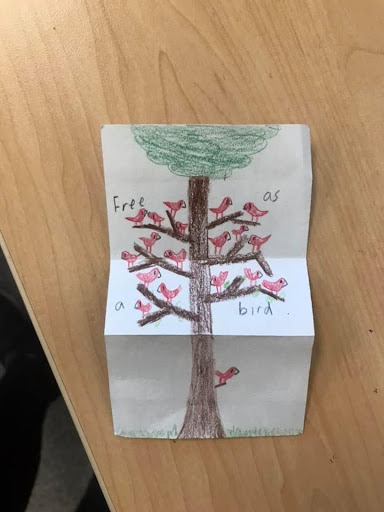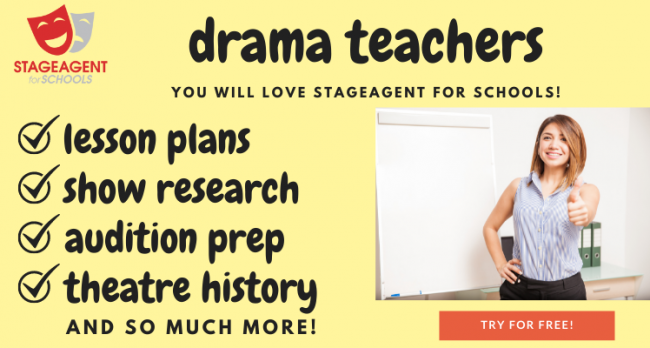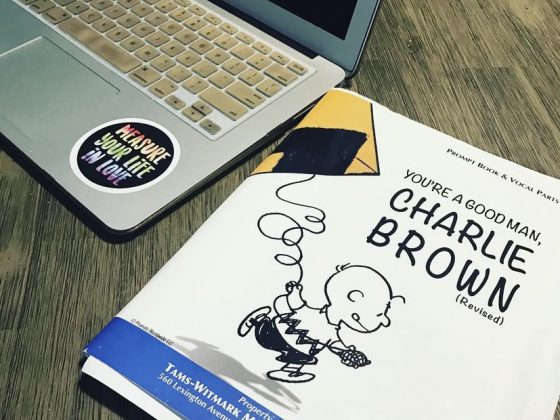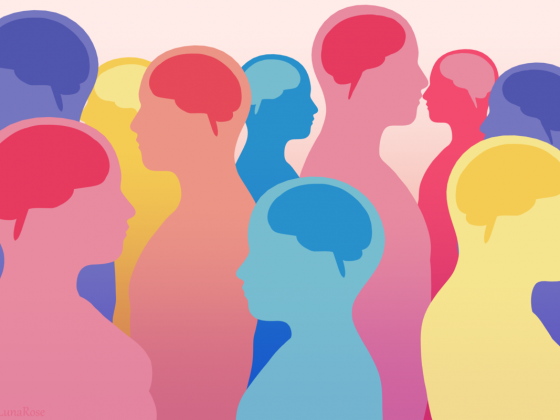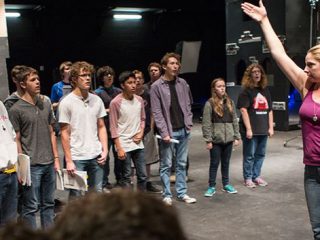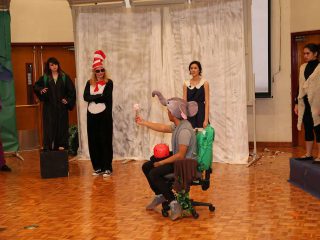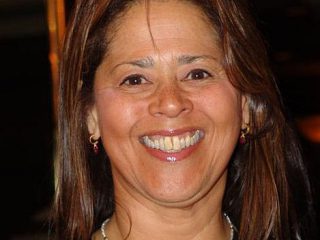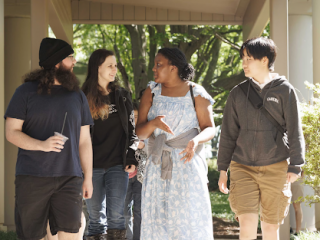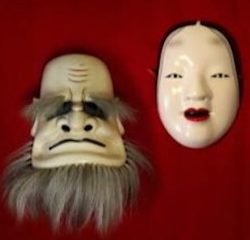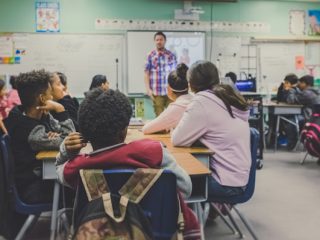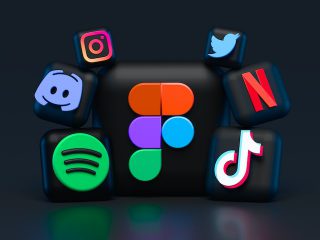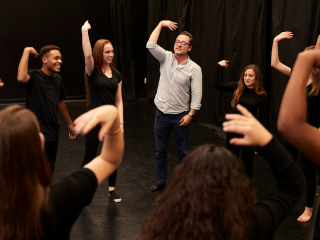I’ve forgotten a lot of school content. Surely we all have. If you’ve gone through a K-12 education, there’s loads of information that has been jammed into your brain over time. Various readings and topics, formulas and perspectives. While I have a vague recollection of plenty of things, there are not many individual lesson plans that I can recall specifically. Sure, I learned anatomy. But do I remember the ways in which we learned the parts of the human heart? Uhmmm…I don’t, no. And if you asked me to label it now, I likely wouldn’t do too well.
Lessons that I do remember? Creating scrolls to document timelines for various Chinese dynasties in a high school history class. Or when we made a “parts of the cell” poem presentation in biology. The art we created around the Civil War. The song that I used to memorize all the presidents of the United States. Not only do I remember more of the content from these lessons, but I remember the lesson plans themselves as exciting ways to engage in material outside of a lecture in a lecture-based course. Those teachers were integrating art into their lesson plans, and giving students a chance to buy in from another angle.

A few years ago, I had an 8th grader who was struggling with his science content. The class was learning about volcanoes, and he had an upcoming test on which he’d have to label the parts. He showed me a practice diagram with arrows pointing to various volcano anatomy. It had blanks for him to fill in. I had the answer key, and he was really struggling to put anything in the correct spot. He was very discouraged.
As his drama teacher, I decided that I would try to help him using what he was passionate about–theatre. I asked him to play the scientist, and to explain volcanoes to me as though I were in first grade. Without a second thought, he adopted an older, excitable science character. He then energetically and, in great detail, explained to me how volcanoes erupt.
As he talked me through the eruption, I would ask clarifying questions. “Wait, what is that process called?” “What’s the difference between magma and lava, though?” “So then, what’s the big smokey cloud coming out that you always see pictures of?” “How often does this happen?” I played my first grade part. He played the scientist. As we went through the exercise, he gained confidence in his explanations, realized how much he had actually retained from class, and through pretending to be excited about volcanoes–became excited about volcanoes.
We went back to the worksheet. “Okay, so you told me that magma is underground and lava is aboveground. So when we look at this diagram, which one’s which?” He easily filled in the blanks. We continued to talk through the rest of the blanks, using all of the knowledge that he’d already told me. There was maybe one blank we couldn’t fill in, so we researched it together and made a scene about it.
He got an A on the test.
This is not an uncommon story when it comes to arts integrated learning.
When I think back to that volcano unit, I think of other ways in which students could engage with the material through art. Perhaps they could draw their own volcanoes for labeling, being thoughtful with coloring and shading. They could build model volcanoes that mimic eruptions. Or perhaps models not meant to erupt, rather designed focusing on texture. They could physicalize the eruption process through a movement piece. They could create a song and music video explaining the process. They could make scenes where people monitor the local volcano’s patterns.
Bringing art into classes increases accessibility for many students. Some students need to use their hands to create, some need to move, some need rhythm, some need the chance to connect to material emotionally to let it live in their brains. When we connect emotionally, we form memories.
Not all students, children, people–learn in the same way. We come from different backgrounds and cultures, we have different learning styles and skill sets, we have varied supports in our lives. Activating education gives students more meaningful connections to their content. They have more ownership of it. They have different ways to express their understanding of it.
Often the arts can be treated like fluff classes that round out the rest of a school’s curriculum, instead of thinking about how the arts bolster student expression and understanding. Ideally, arts classes would exist in every school, and arts integration would exist in every classroom. There is never a downside to providing students with more opportunities to connect, explore or feel successful!
Arts integration is good teaching.
Looking for more inspiration? Check out our blog post on Teaching Theatre in a Post-COVID World.
Or head to stageagent.org to see the huge range of lesson plans available!


